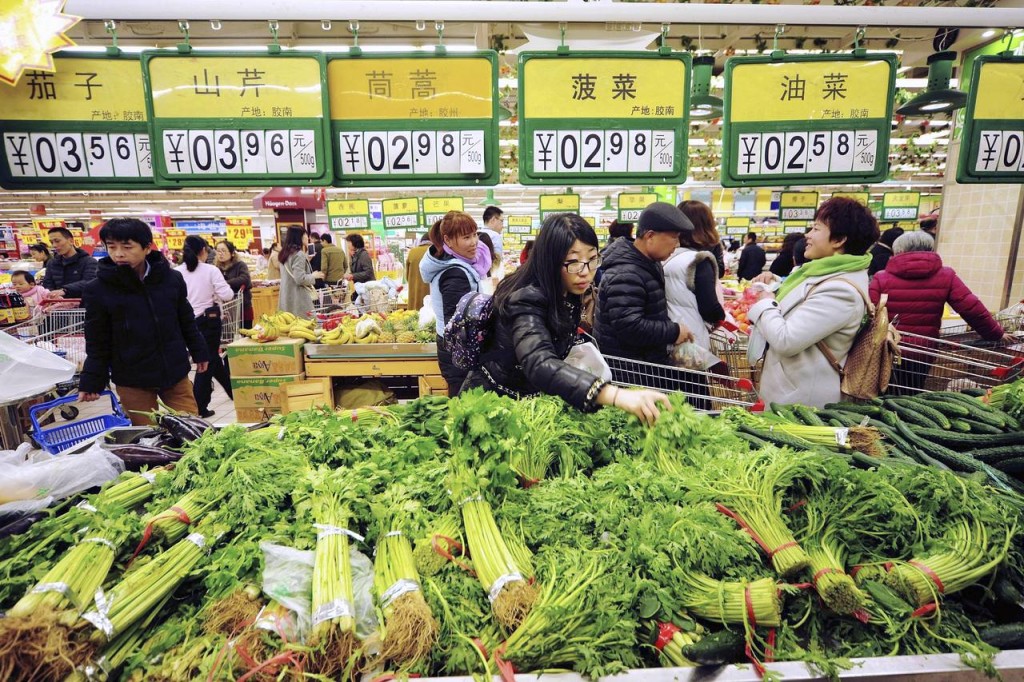Big-box refrigerated warehouses are popping up in ever more remote corners of the world.
Global refrigerated warehouse capacity grew to 600 million cubic meters this year, according to the latest survey by the Global Cold Chain Alliance, an industry group representing temperature-controlled logistics companies. Much of the development occurred in emerging markets such as China, where refrigerated warehouse capacity grew 41%, between 2014 and 2016, to 107 million cubic meters.
In many emerging markets, the existing network of cold-storage warehouses and vehicles—known as the “cold chain”—doesn’t come close to providing the capacity needed for fresh food trade. Spoilage is common, as are instances of melting and refreezing, which can irreparably damage an otherwise good product.
But that is slowly changing. Some countries that previously had little cold chain infrastructure reported a steep rise in capacity over the past two years, when the Global Cold Chain Alliance’s last survey was conducted. Uzbekistan’s cold chain infrastructure, for example, more-than tripled to 3.5 million cubic meters between 2014 and 2016. Mexico’s capacity grew by a third to 6.5 million cubic meters.

“What really causes the growth of the cold chain in developing and emerging markets is the growth of disposable income,” said Richard Tracy, vice president of international programs for the Global Cold Chain Alliance. The resulting rise in demand for perishable foods like meat, dairy and produce drives the need for expanded cold storage, the report said.
While global growth was strong in the last two years, the pace has slowed. Cold chain capacity grew an overall 8.6% from 2014 to 2016, which was less than half the 20% growth rate measured by the previous survey between 2012 and 2014.
In many European markets, cold chain capacity actually declined over the past year, according to the survey. A notable exception was Turkey, which saw capacity grow 36% since 2014—one of the highest rates among the countries surveyed.
Analysts say that while global consumption growth has tapered recently, it isn’t expected to stop anytime soon, and the need for cold chain capacity in emerging regions remains.
Jeremy Haft, chief executive of SafeSource Trading, an exporter of U.S. agricultural goods to China, said his firm has been “ramping up on fresh pork exports.” Pork, as well as cherries from Washington and other specialty agricultural goods from the U.S. are popular among Asian customers, he said.
Growing cold-chain capacity, quality and reliability gives food businesses peace of mind, said Clement Lam, director of Swire Pacific Cold Storage Ltd. Since 2010, his company has launched eight projects in China alone, including five warehouses that are currently operating, and three others in development.
“Product is money,” Mr. Lam said. “[Food businesses] want their investment and inventory to be kept in good condition so they don’t need to discount it.”












